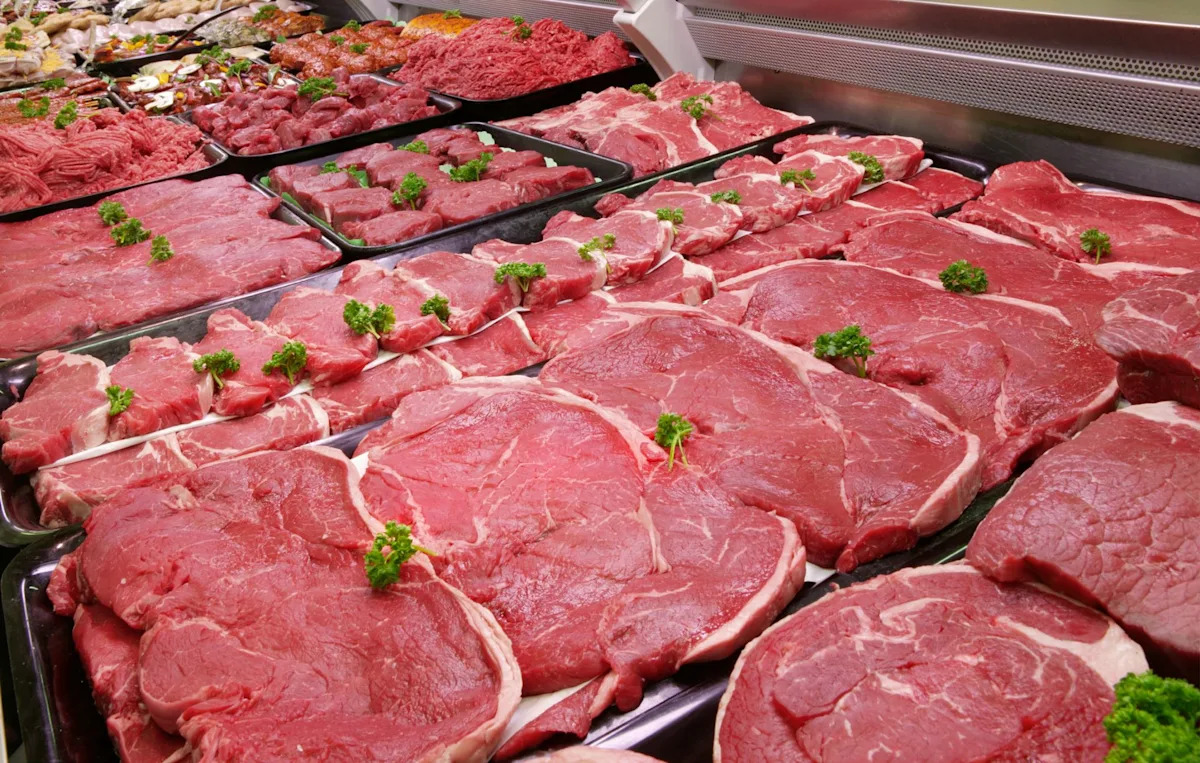Drought conditions in Canada, while not uncommon, have shifted to the extreme in provinces like Alberta and Saskatchewan, On the Record News reported.
With extreme drought comes lower crop yields, which impacts not only the produce on the grocery store shelves but also the cattle that feed on the farms.
What’s happening?
Farmers, according to On the Record News, are running out of pasture and feed for their cattle, forcing them to sell the livestock. Apples, corn, and stone fruit are also being affected by the drought.
According to the Government of Canada, 71% of the country was “abnormally dry,” indicating moderate to extreme drought. This included 70% of Canada’s agricultural landscape.
According to Syngenta Canada, per Statistics Canada, the Canadian cattle herd hit its lowest population in 37 years in 2024.
The aftermath of this phenomenon is a decrease in beef products available in the market.
This trend cannot be stopped in one season.
“It’s not that they (farmers) can suddenly change their herd size in one year. It’s going to take them a number of years to build that herd size up. As consumers, we will have higher beef prices for the next two to three years, possibly,” Stuart Smyth, a professor of agricultural and resource economics at the University of Saskatchewan in Saskatoon, said, per On The Record News.
Why is this important?
While there is less beef available for sale, the people still need to eat. With such a short supply, however, prices have risen by 12.7% in Canada, according to On the Record News, citing Statistics Canada.
As farmers predict a depletion in crop and cattle availability and quality in the coming years, people create an artificial demand, which drives prices even higher, according to On the Record News.
Higher grocery prices affect not only consumers but other industries, as well. According to the U.S. Department of Agriculture, when grocery prices are high, people spend less money on other goods.
This chain reaction impacts the overall economy.
What’s being done about grocery prices?
On the Record News reported that, despite rising prices, Canadians still prefer made-in-Canada products. Drought makes this difficult, however.
Per On the Record News, Dr. Pascal Thériault advises that to navigate these price fluctuations, people must adapt accordingly and change the way they shop.
In Canada, drought response plans are in place, and consumers are asked to conserve water, according to the Climate Institute.
Join our free newsletter for good news and useful tips, and don’t miss this cool list of easy ways to help yourself while helping the planet.

